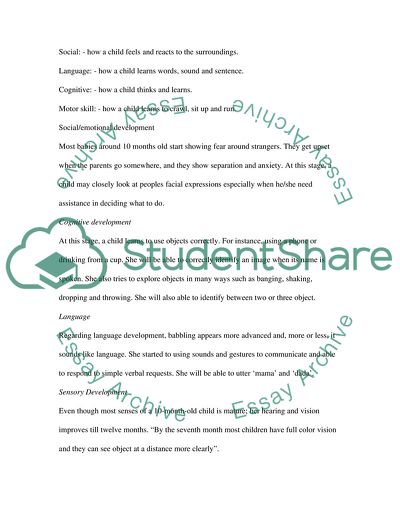Cite this document
(Nursing Biology and Kids Health Care Case Study, n.d.)
Nursing Biology and Kids Health Care Case Study. https://studentshare.org/nursing/1708209-nursing-biology-essay
Nursing Biology and Kids Health Care Case Study. https://studentshare.org/nursing/1708209-nursing-biology-essay
(Nursing Biology and Kids Health Care Case Study)
Nursing Biology and Kids Health Care Case Study. https://studentshare.org/nursing/1708209-nursing-biology-essay.
Nursing Biology and Kids Health Care Case Study. https://studentshare.org/nursing/1708209-nursing-biology-essay.
“Nursing Biology and Kids Health Care Case Study”. https://studentshare.org/nursing/1708209-nursing-biology-essay.


